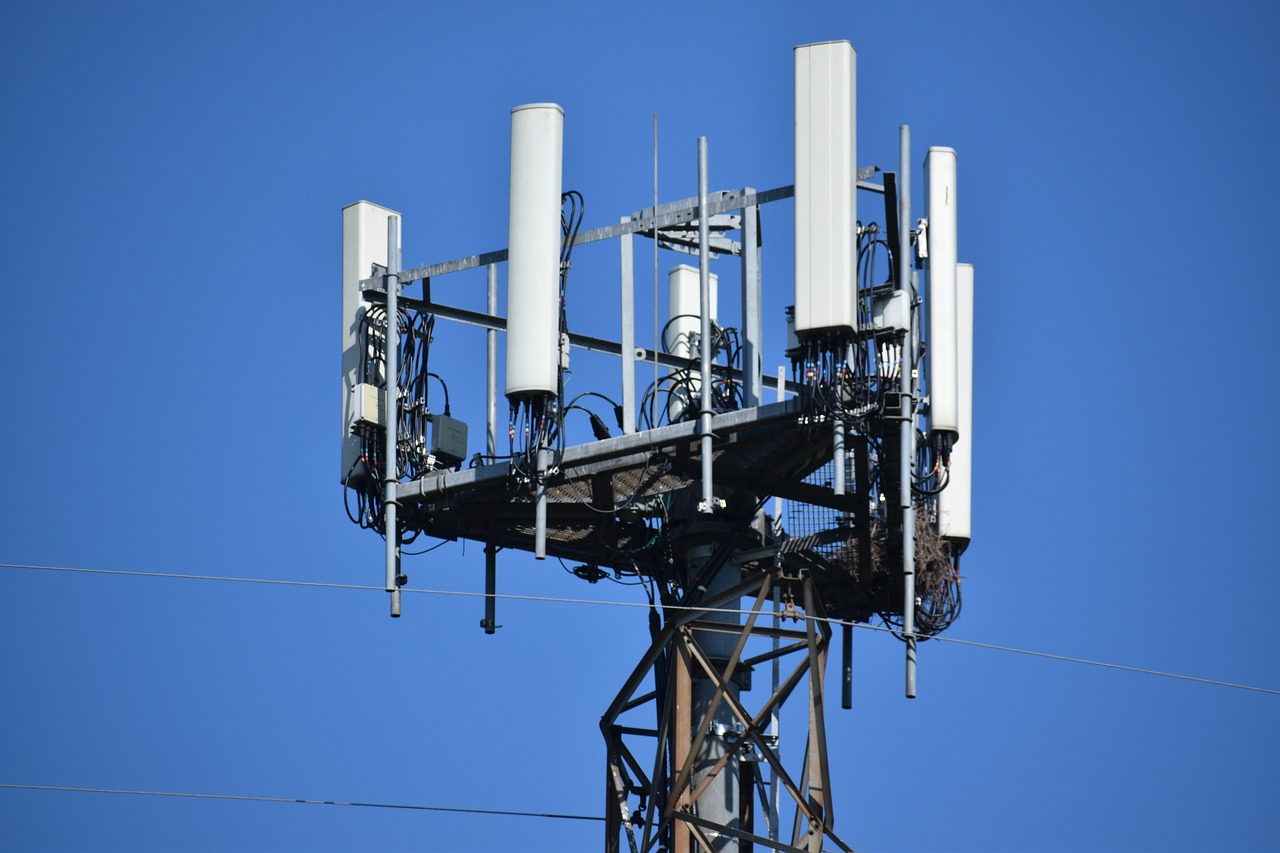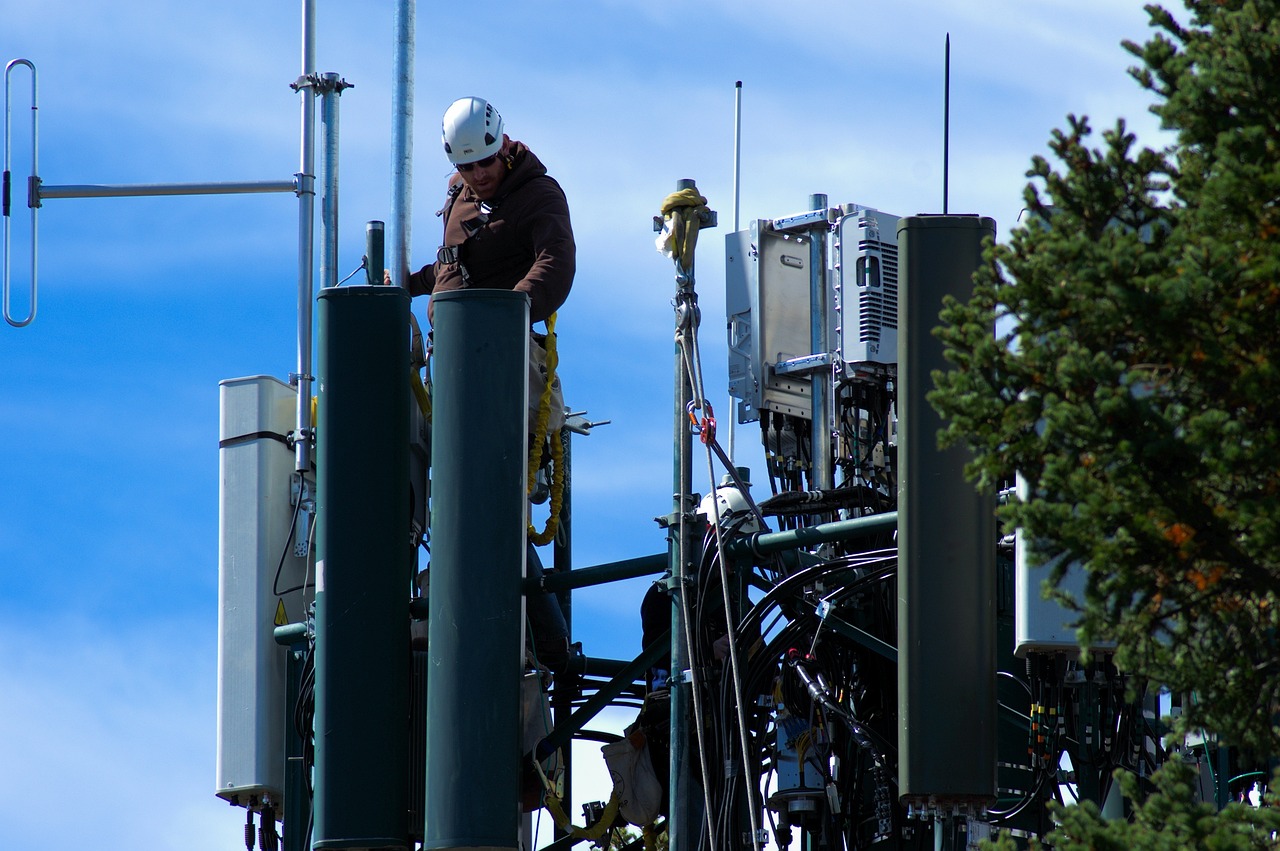Wireless carriers are investing heavily in 5G infrastructure and equipment, with the goal of providing faster and more reliable mobile connectivity to consumers around the world. 5G is the next generation of wireless technology that promises to revolutionize the way we connect to the internet and other devices, with faster speeds and lower latency.
Wireless carriers have been working on developing 5G technology for years, but the recent surge in investment has been driven by the demand for high-speed internet access and the growth of new applications and devices that require more bandwidth. The deployment of 5G networks has already begun in many countries, with carriers racing to expand their coverage and capabilities.
One of the primary reasons for the increased investment in 5G is the explosive growth in data usage. With the rise of smartphones, tablets, and other connected devices, people are consuming more data than ever before. This trend is expected to continue as more devices come online and as new applications and services are developed. With 5G, carriers will be able to support this growth and provide faster speeds and more reliable connections.
Another driver of 5G investment is the potential for new applications and use cases. The low latency and high bandwidth of 5G networks make it possible to support new technologies like autonomous vehicles, remote healthcare, and smart cities. These new applications have the potential to create new markets and transform entire industries.
To build out 5G networks, carriers are investing heavily in infrastructure and equipment. This includes upgrading existing cell sites and building new ones, installing new antennas and radios, and deploying new software and systems. The investment required to build out 5G networks is substantial, but carriers are betting that the potential returns will be worth it.
Some of the world’s largest wireless carriers have already begun rolling out 5G networks. In the United States, Verizon was the first carrier to launch 5G in select cities, with AT&T and T-Mobile following closely behind. Other countries, such as South Korea and China, have also made significant progress in deploying 5G networks.
Despite the progress that has been made, there are still many challenges that must be overcome to fully realize the potential of 5G. One of the biggest challenges is the availability of spectrum. Spectrum is the radio frequencies that wireless carriers use to transmit signals. In order to deploy 5G, carriers need access to more spectrum than is currently available.
To address this challenge, the wireless industry is working with governments to free up additional spectrum for 5G. In the United States, the Federal Communications Commission (FCC) has already auctioned off several blocks of spectrum for 5G, with more auctions planned in the future. Other countries are also working to free up additional spectrum for 5G.
Another challenge facing the wireless industry is the cost of deploying 5G networks. Building out 5G infrastructure is a significant investment, and carriers must balance the need to build out their networks with the need to generate returns for their investors. To address this challenge, some carriers are partnering with other companies to share the cost of building out 5G networks.
Despite these challenges, the investment in 5G is expected to continue to grow in the coming years. According to a report by the GSMA, a trade organization representing the mobile industry, 5G networks are expected to cover one-third of the world’s population by 2025. The report also predicts that there will be 1.2 billion 5G connections by that time.
The deployment of 5G networks is expected to have a significant impact on the wireless industry and on society as a whole. In addition to faster speeds and lower latency, 5G networks will enable new applications and use cases that were previously impossible.








